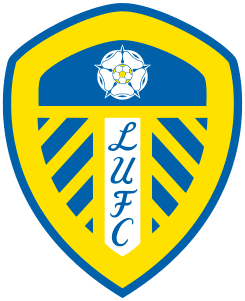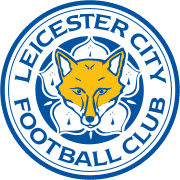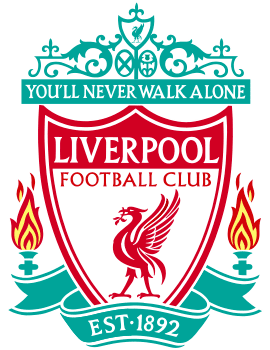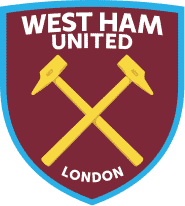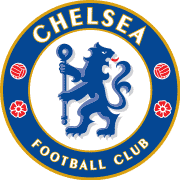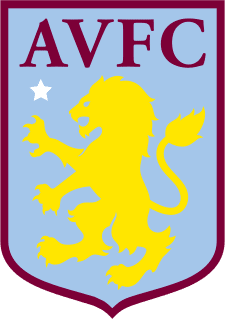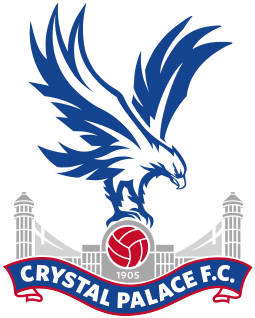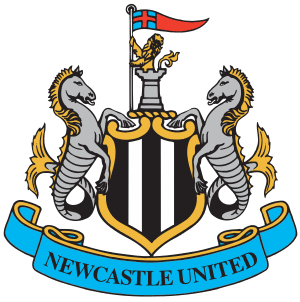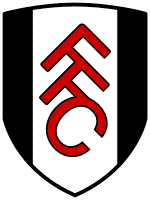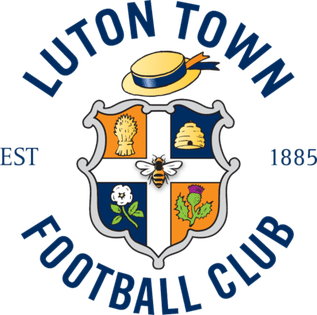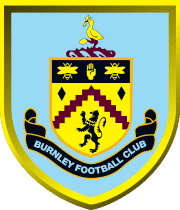Leeds United Tryouts & Club Guide: History, Stadium, Players, and More!

Welcome!
Discover the world of soccer with fcscout.com, your go-to scout for club tryout information, club guides, player profiles, in-depth product reviews, and more. We’re dedicated to exploring and revealing the best in each domain, empowering you with knowledge to make informed choices.
Thank you for being here!
Hi, I’m Carlos! A coach, sports enthusiast, and the founder of FCScout.com.
I fell in love with the game at a very young age like many of you. I’ve been following and playing soccer for many years.
Throughout my career, I always enjoyed helping soccer players chase their dreams, which is why I started this website. I wanted to reach a larger audience outside of my local area and fcscout.com was born.
This website is a platform I will be using to update club pages on any tryouts, stadiums, players, tech, and more from clubs around the world. I also create free recruitment profiles for players looking to have that extra competitive edge when reaching out to clubs.
That’s it. That’s my pitch for you to stick around (or browse the site as you please).
This is already too much text for a “see more” drop-down button thing. If you want to reach out to me, head on over to my contact page 🙂

Leeds United Football Club is an English professional football club based in the city of Leeds, West Yorkshire, England. The club currently competes in the Premier League, the top flight of English football.
Leeds United Youth Development System
Leeds United Academy
Leeds United can confirm our Academy has been awarded Category One status by the Premier League, the first time our Academy has reached this level in our history.
In granting Category One status, the Premier League recognises the club’s commitment to youth development and the quality of the environment provided for young players.
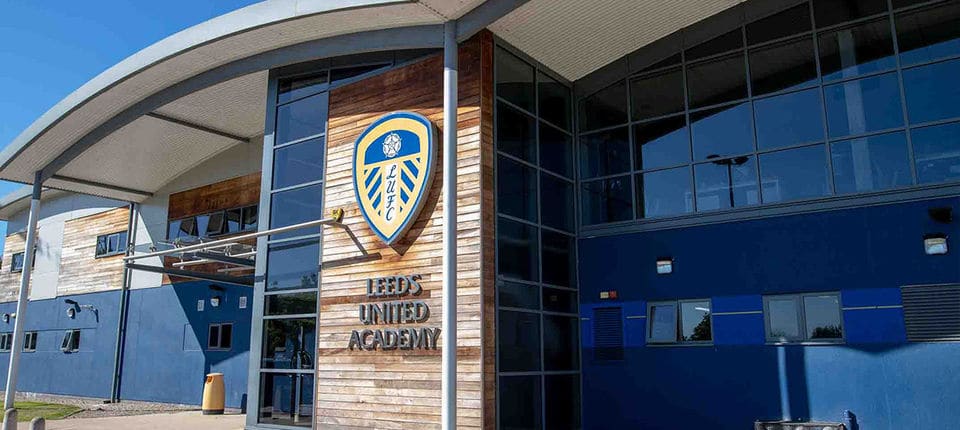
During an audit undertaken earlier in the 2019/20 season, the club was assessed on the level of investment, facilities, resources, staffing and productivity.
From next season, the club will receive increased funding and more importantly, players will benefit from an elite game programme with the Under-23s team competing in the national Premier League 2 and our Under-18s playing in the U18 Premier League North.
Our Academy is now also eligible for the EFL Trophy and the UEFA Youth League in future years.
Despite the Leeds United Academy being the fourth most productive system in English Football in the past six years in terms of producing players to compete for first team football, promotion to a Catagory One status is a landmark day for the club.
Particularly for the staff at the Academy who have worked tirelessly to achieve this goal whilst developing the likes of Kalvin Phillips, Jamie Shackleton, Robbie Gotts and Oliver Casey, who have all featured in Marcelo Bielsa’s side this year, along with the dozens of graduates who are plying their trade away from Elland Road.
**As of this writing, Leeds United currently does not have any up-to-date academy trial information on their official website. Please check back later or visit the Leeds United website for more academy information.**
Leeds United Soccer Schools
Aimed at 5 – 12 year olds, the Leeds United Foundation Soccer Schools are rewarding, educational and most importantly, fun for all ages. Delivered by FA qualified coaches, the training programme features lots of small sided games and fun competitions to help children develop their football and social skills. Children will be fully supervised by our DBS checked and first aid trained coaches, who will ensure your child is in a safe and happy learning environment throughout the session.
For more information on Leeds United Soccer Schools, please click here.
Leeds United Skills Centers
Want to improve your skills in a fun and supportive environment? Then come down to the Leeds United Foundation Skills Centers! Held on week nights throughout the season at Outwood Grange Academy (Mondays, 6pm – 7pm), Leeds Grammar School (Wednesdays 6pm – 7pm) and West Riding FA (Thursdays, 5pm – 6pm), the Skills Centers look to develop the fundamentals of the game.
For more information on Leeds United Skill Centers, please click here.

Leeds United Recruitment Trials
At the time of this writing, there is no official publishing’s on Leeds United trials. Please come back at a later date while we monitor this club or click here to visit their official academy news section.
EXPLORE MORE CLUBS!
Explore more professional clubs by continent.
Stadium
Elland Road has been the only venue that Leeds United have ever used as their home ground. The club was founded in 1919, and ever since then, all of their games have been played at Elland Road. It is the 14th largest football stadium in England and is located in Beeston, which is located in Leeds, West Yorkshire, England. The stadium only has seating for spectators. Before they went out of business, their forerunners, Leeds City, played at Elland Road. After that, the club moved on. After they had come together as a group, the council gave them permission to rent the stadium until they were in a financial position to purchase it.
The stadium was never owned by the local municipality, with the exception of the decades beginning in the 1960s and ending in 1983, as well as the years 1997 through 2004. However, in October of 2004, the club decided to sell it and enter into a sale-leaseback agreement. The agreement was for 25 years, and it included a commercial buy-back mechanism for the event that the club’s financial situation improved to an acceptable level. In its early days, this venue served as the headquarters of the Holbeck Rugby Club, which competed in the Northern Rugby Union. The Northern Rugby Union was the predecessor to the Rugby Football League. The original name of Elland Road was “The Old Peacock ground,” which is where the city of Leeds got one of its first nicknames, “The Peacocks.” The first brewers to possess the land, Bentley’s Brewery, gave it its current name in honor of their pub, The Old Peacock, which is located just across from the field.
Elland Road was rented by the recently established Leeds City, with the intention of eventually purchasing it. Following their dissolution, Leeds United purchased it and put it into use. The East Stand, also known as the Family Stand, is the most recent stand to be constructed at Elland Road. This cantilevered building was finished during the 1992–1993 season and has the capacity to seat 17,000 people. It is the largest component of the stadium and is comprised of a two-tiered stand that goes around the corners of the field. The Don Revie Stand was inaugurated at the beginning of the 1994–1995 season, and it has the capacity to accommodate just under 7,000 spectators sitting.
A television commentary gantry as well as a walkway for TV personnel are located on the roof of the West Stand. In December of 2009, Elland Road was identified as one of the potential venues for England’s bid to host the 2018 World Cup. Because of the bid, Leeds put up plans to renovate parts of Elland Road and to enhance the capacity of the stadium. In addition, Ken Bates disclosed that there are intentions to remove the executive boxes from the South Stand in order to bring the starting capacity up by an additional 2,000–3,000 seats. The east stand was going to get an increase in the number of executive boxes.

Alex Ferguson has stated that one of the most terrifying atmospheres in all of European football can be found at Elland Road. In 1999, a statue of the renowned team captain Billy Bremner was unveiled outside of the stadium in the location that is now referred to as “Bremner Square.” As part of the festivities commemorating Leeds United Football Club’s victory in the FA Cup for the 40th time in 2012, a bronze statue of Don Revie, the club’s most successful manager, was also unveiled. In the summer of 2018, as part of the refurbishment of the Bremner statue, it was announced that there will be a “Bremner Square XI.” The XI included 10 more “famous Leeds players,” all of whom had stones inscribed with the most important statistics and accomplishments they attained during their time while playing for Leeds United.

On June 28, 2017, the new owner of Leeds Football Club, Andrea Radrizzani, finished the re-purchase of Elland Road through his investment business, Greenfield Investment Pte Ltd. This was the same corporation that was used to buy Leeds in the first place. The period during which Leeds will not be required to make any rent payments will allow the club to make investments in other areas. Football fans cast their votes in July 2018 to choose which stadium in the Championship was the best. Elland Road won the poll.
Crest
The first version of Leeds United’s crest was introduced in 1934. The club, following in the footsteps of Leeds City, decided to adopt the city’s coat of arms, which remained on the team’s uniform in some form or another until 1961. Following the 1961–1962 season, when the all-white strip took the place of the blue and gold one, the jerseys carried no emblem at all for a couple of seasons after that. In 1964, a badge depicting an owl sitting in a tree was added to the strip. Given Revie’s superstition regarding the meanings of various bird symbols, the design came as a complete shock to him. The three owls that appear on the city’s coat of arms were taken from the coat of arms of Sir John Savile, the first alderman of Leeds, which in turn was taken from the coat of arms of the city itself. This is where the owl came from. The owl was traditionally a dark navy blue color, but during the 1968 Football League Cup Final, it was repainted gold.
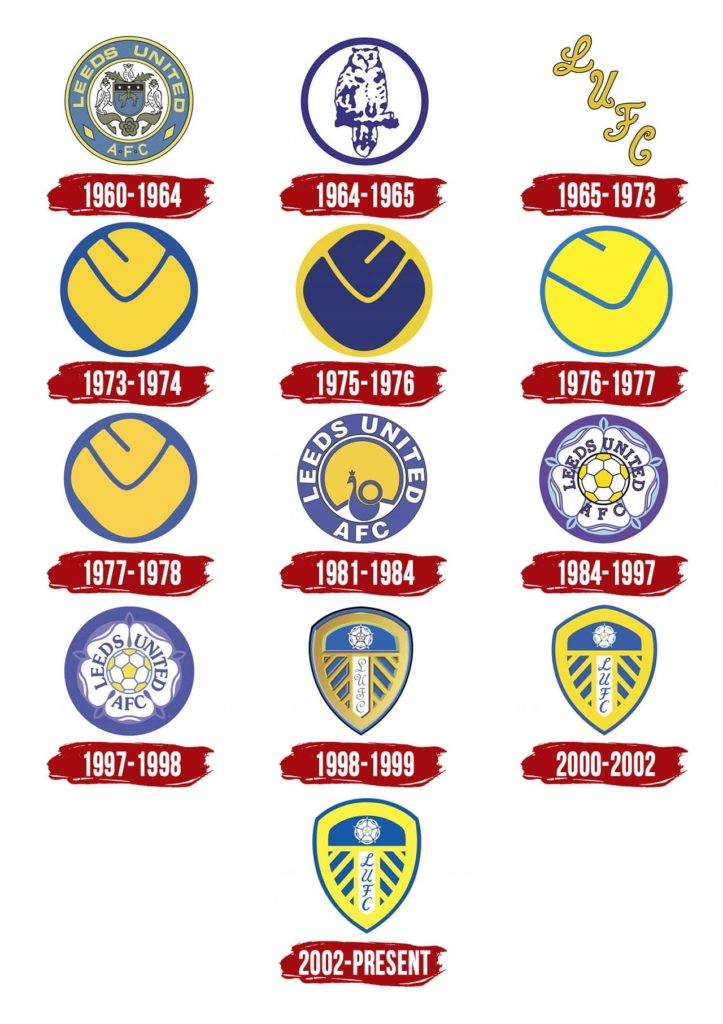
Between the years 1971 and 1973, Leeds utilized the “LUFC” script that can be seen running down the middle of the current emblem; however, the club’s name was written in a diagonal fashion rather than the present vertical format. The script was featured once again on the Asics uniforms that had a “retro-look” and were worn during the 1995–1996 season. In 1973, the now-iconic “smiley” insignia, which consisted of the letters L and U written in bubble font, became the visual representation of the decade of the 1970s. Revie’s penchant for using gimmicks was not just years ahead of its time but also done with the purpose of garnering approval from a population that was not from West Yorkshire.
In 1977, the smiling face badge was altered by rotating it through 45 degrees and switching the yellow and blue colors around. The smiling face in yellow made a comeback the following year, but this time it was encircled in a circle and surrounded by the words “LEEDS UNITED AFC.” In the 1978–1979 season, a new badge was introduced that was comparable to the one used in the previous season; however, in place of the yellow smiley, it had the words “LEEDS UNITED AFC” wrapped within a stylized peacock, which was a reference to the club’s nickname, “The Peacocks.” Another badge was issued in 1984, and it held its place in use until 1998, making it the one with the longest lifespan in the contemporary period.
The unusual rose and ball emblem utilized the club’s historic colors of blue, gold, and white. It also included the club’s name, the White Rose of York, and a football (a truncated icosahedron similar to the Adidas Telstar, but in Leeds colors) in the core area of the badge. During the 1998–1999 season, the club logo was changed to a shield design that was considered to be more “European.” The blue, gold, and white colors, as well as the white rose, were all kept on the shield, and “LUFC” was written in a vertical fashion down the middle of the shield. The emblem underwent a minor alteration in 1999, when the football that had been a part of the 1984 emblem was transferred to the middle of the white rose.
On February 20, 2019, Leeds United unveiled a badge with a predominant gold hue that will be worn on the players’ kits during the club’s centenary season. The emblem will be worn in celebration of the 100th year of the club’s existence. The design of the shield that was already present on the emblem was kept, but the script that read “LUFC” was replaced with the words “LEEDS UNITED” above the shield and “100 YEARS” below the shield. The year that the club was established, 1919, was also included on the crest, along with the year 2019, which signified the club’s centennial.
Ownership
LUFC, which stands for Leeds United Football Club Limited, is a business that is officially recognized in both England and Wales. The ultimate parent firm of LUFC is Aser Group Holding Pte Ltd (often referred to as “Aser”), which is a business that is registered in Singapore. LUFC is owned by Aser through its subsidiary Greenfield Investment Pte Ltd.
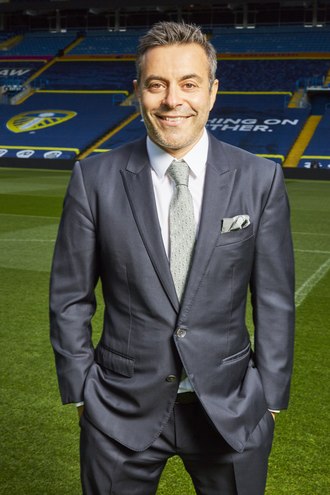
Aser Group Holding is ultimately owned by Andrea Radrizzani, who runs the company. The York family, through 49ers Enterprises Leeds SPV LP, is the only other entity that possesses 10 percent or more of the voting rights in LUFC. This corporation is registered in the state of Delaware in the United States. Andrea Radrizzani is an Italian businessman. He was born on the 10th of September 1974. Additionally, he is the chairman of the board and the creator of the sports broadcasting business known as Eleven Sports. Channels operated by Eleven Sports can be found in Belgium, Luxembourg, Portugal, Poland, Italy, the United Kingdom, Taiwan, Myanmar, and Japan. Additionally, Eleven Sports possesses a rights portfolio that features Formula 1, La Liga, Serie A, the Bundesliga, the Premier League, and the UEFA Champions League.
